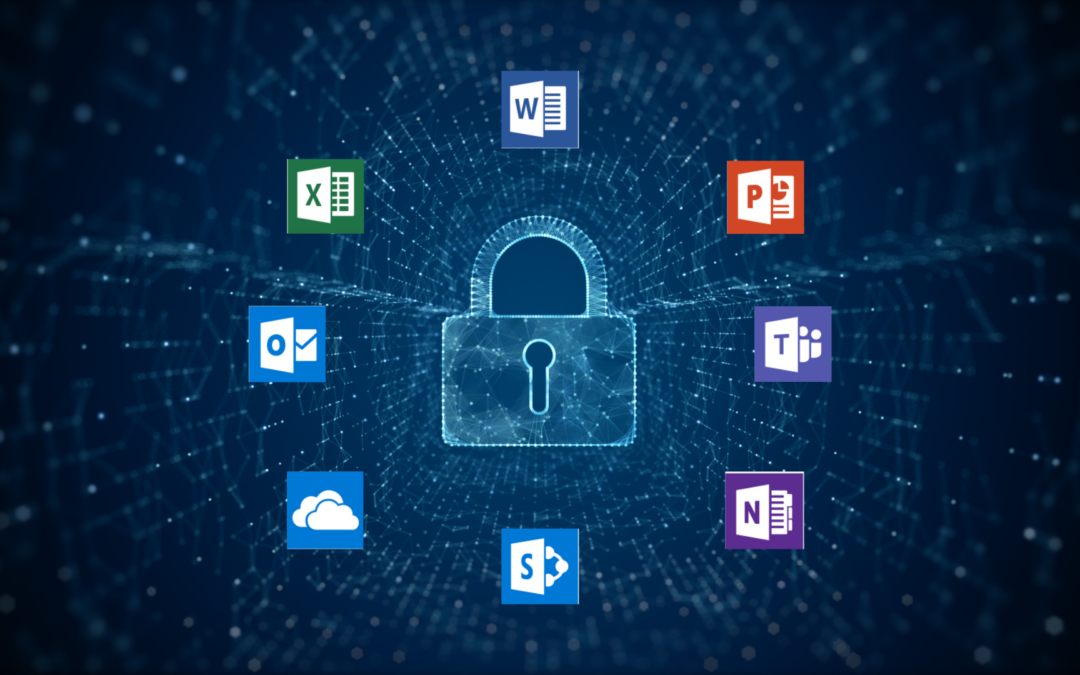Modern businesses are powered by email, cloud applications, and collaboration tools, yet are also prime targets for cybercriminals. Microsoft 365, used by millions worldwide, continues to evolve in its security to mitigate advanced threats, including phishing attacks, ransomware, and business email compromise (BEC). But what’s next for Office 365 security? How might businesses continue to stay ahead of evolving cybersecurity threats?
This blog post focuses on Microsoft 365 security enhancements, prevailing trends in the future, and actionable strategies businesses can adopt to safeguard sensitive data and toughen their cloud security posture.
Upcoming Office 365 Security Features Enhancing Business Protection
Microsoft has introduced various security features to strengthen Office 365 against contemporary cyber threats. Some of the key improvements include:
- Microsoft Defender for Office 365: The new AI-driven threat detection systems improve email filtering, making the mechanism more effective in preventing phishing attacks and malware infiltration.
- Adaptive Protection in Microsoft Purview: The feature uses machine learning to identify riskier users and apply stricter policies dynamically at runtime.
- Zero Trust Enhancements: The Zero Trust Security Model in Microsoft is under continuous enhancement by the company and introduces much more granular controls for access, with real-time risk assessments.
- Multi-Factor Authentication (MFA) Expansion: This introduces new policies for enforcement and enhances identity verification with biometric authentication, further helping to decrease unauthorized access
- Insider Risk Management Upgrades: Advanced analytics now better proactively identify anomalous behavior and insider threats.
With these innovations, businesses using Microsoft 365 can achieve greater visibility into security risks and implement cloud security strategies that help mitigate potential breaches before they escalate.
The Future of Cloud Security and Its Impact on Office 365 Security Frameworks
The future of cloud security technology is such that Office 365 will continue to grow following the increasing digitization of a business environment. One potential development is that of decentralized identity systems.
Transitioning towards identity solutions based on blockchain may eliminate identity fraud and unauthorized access. Stronger data sovereignty measures are also on the horizon. Microsoft is working on localized data residency solutions to comply with evolving privacy laws and regulatory requirements.
The Continuous Adaptive Risk and Trust Assessment (CARTA) model will become more prevalent. Unlike static security controls, CARTA evaluates risk levels in real-time and adjusts security measures accordingly. Furthermore, AI-driven automated threat hunting will also help secure Office 365 services by effectively detecting threats in advance and neutralizing them as soon as possible.
The above developments suggest that businesses must constantly adapt and transform their security posture based on emerging cyber threats.
The Role of Digital Transformation in Strengthening Office 365’s Security Posture
Digital transformation is changing cybersecurity, and organizations need robust cloud security solutions integrated into their workflows. One of the shifts is cloud-based Security Operations Centers (SOCs). Businesses move to cloud-native security models to monitor and react to threats effectively.
Automated compliance management is also gaining ground. AI-based tools make compliance with the National Institute of Standards and Technology (NIST), ISO 27001, and General Data Protection Regulation (GDPR) compliance frameworks easier, relieving the burden on IT teams while ensuring regulatory compliance.
Organizations operating in a hybrid cloud must first align policies of on-premises and cloud security. Seamless protection across all business operations is ensured through hybrid cloud security integration. By using digital transformation, organizations ensure that their security frameworks of Office 365 will be robust and adaptive.
Practical Steps to Enhance Office 365 Security and Maintain Compliance
To protect the data and to keep abreast of new standards in cybersecurity, enterprises must plan.
- Enable Multi-Factor Authentication to render access to unauthorized users invalid, providing enhanced identity security
- Implement Conditional Access Policies to enforce policies strictly based on the risk level detected and limit access when necessary
- Office 365 maintains a strong security posture by regularly updating its policy and complying with Microsoft’s recommendations.
- Microsoft Defender for Endpoint prevents potent malware, ransomware, and unwanted access attempts.
- One of the most significant ways to lessen human error, a major cause of data breaches, is to train employees on security best practices.
- By utilizing Microsoft Sentinel to monitor security logs and warnings, businesses may identify and address issues before they become more serious.
- Finally, there is regular penetration testing, which allows them to identify a weakness in real-time and avert the consequences before cybercriminals exploit any of these issues.
These can ensure proactive responses in Office 365 security alongside industry regulation compliance.
Why Choose BlueTeam Networks for Office 365 Security?
Navigating the complexities of Office 365 security requires expertise and a proactive approach. BlueTeam Networks specializes in helping businesses fortify their Microsoft cloud environments against cyber threats.
Our team of experts provides:
- Alerts about permissions, rules, mail forwarding, new administrators, login locations, and other things, as well as real-time threat monitoring.
- Protection against tampering with alarms, rules, and configurations.
- Permissions, sharing activities across One Drive and SharePoint, MFA status, forwarders, security reporting for all administrators, and more.
Don’t wait until a security breach occurs—partner with BlueTeam Networks today to strengthen your Office 365 security posture. Contact us now to learn how we can help protect your business from modern cyber threats.

